Patch Plant Tones
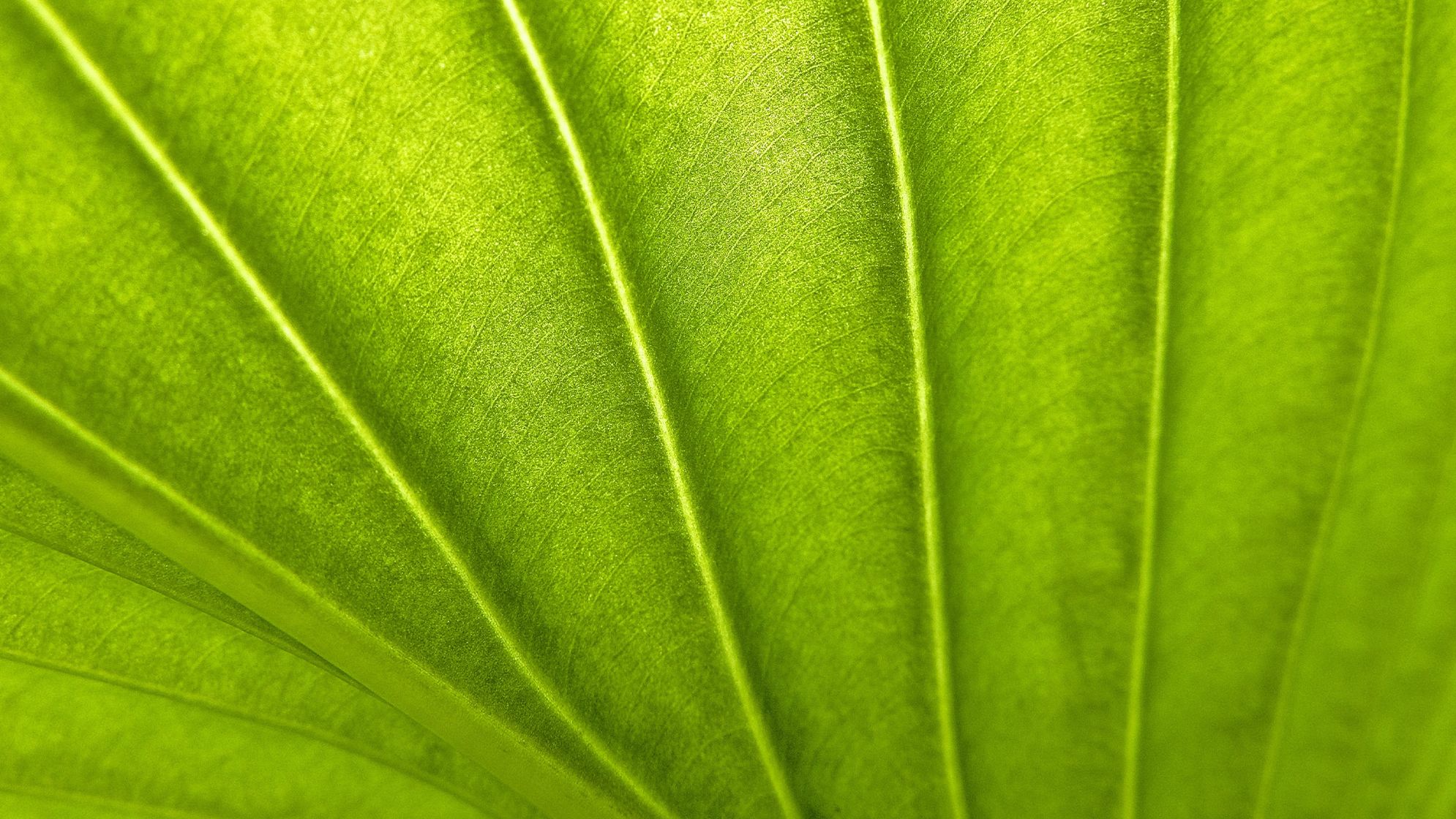
Houseplants are a fantastic way of bringing nature indoors and brightening up your home, but, let’s face it, many of us struggle to keep our plants alive. It can be hard to know what each specific plant needs, from how much light to how much water, and with so much information online, trying to learn how to look after or even revive a plant can feel overwhelming.
Patch Plants’ resident Plant Doctor, Richard Cheshire, has created a series of Plant Tones which are easy to follow, health scale guides in a pastiche of the experts in colours, Pantone, for seven of the UK’s most favourite houseplants.
1. Aloe vera
Native to the Arabian Peninsula, aloe vera is one of the best-loved houseplants globally and can be found growing wild in North Africa, Spain, Mexico, China, Australia and southern parts of the USA. Since the 16th century BC, aloe vera has been used for its medicinal purposes, with the gel inside its leaves famously used for soothing burns.
At its healthiest, an aloe vera plant will be a vibrant grey/green or blue/green colour with fresh young leaves.
If your aloe vera isn’t feeling its best, it’ll let you know by showing you a variety of signs and symptoms. Yellow or brown leaves are a sign that it’s overwatered, so hold back and ensure the soil is dried out completely before watering it again. Pale, orange and brown leaves indicate that the plant is underwatered, so you’ll need to start giving it more frequent drinks.
Orange, yellow, red or brown leaves can also suggest your plant is getting too much sunlight, and grey or red leaves could signify that the environment is making your plant stressed. Move your plant away from a window in a more shaded spot, and you’ll see it perk up in no time.
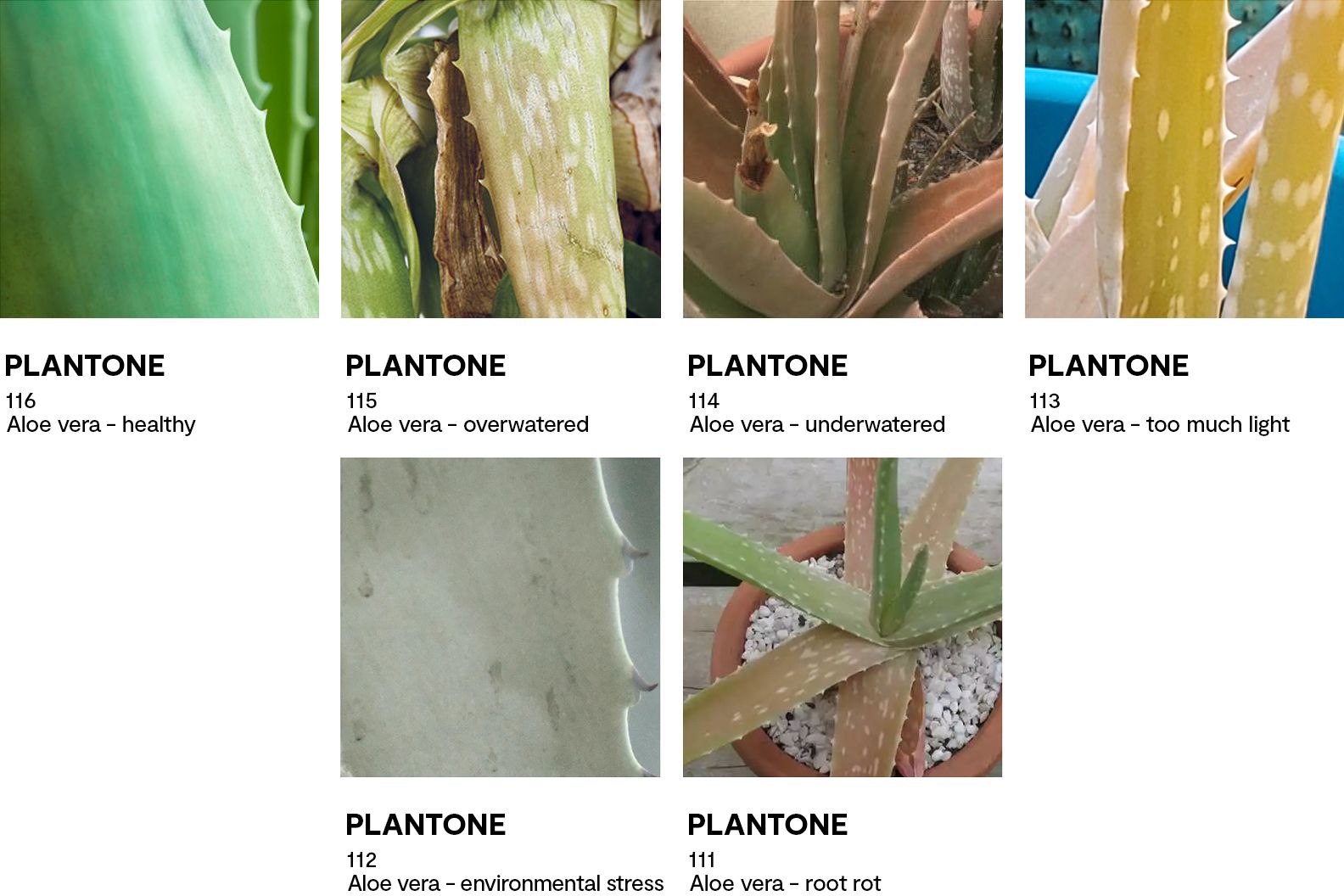
Peace lily
The peace lily is a beautiful plant that loves steamy conditions and can help to purify the air too. Native to tropical rainforests, specifically those in South and Central America, the peace lily was brought to Europe in the late 1800s, where it adapted well to the UK’s weather conditions. Now, it features in the homes of many, flaunting its pretty white flowers.
When your peace lily is happy and healthy, you’ll see its vibrant green leaves, white or green flowers and white stamen.
Richard advises that drooping stems or leaves indicate that your peace lily is underwatered, and drooping yellow leaves are a sign that it's overwatered - meaning you’ll need to adjust your watering schedule if you spot these signs. If you see scorch marks across the leaves or brown spots, then it’s been in the sun for too long, and if you notice the roots are growing through the pot holes, it likely needs to be repotted into a slightly bigger pot. But, keep in mind that this plant likes to be a little bit potbound.
Another common problem that peace lilies face is pests. If you see brown patches with a yellow halo, it may have a fungal infection, or if the flowers are brown, it suggests fungus gnats. Simply deadhead them to resolve the problem.
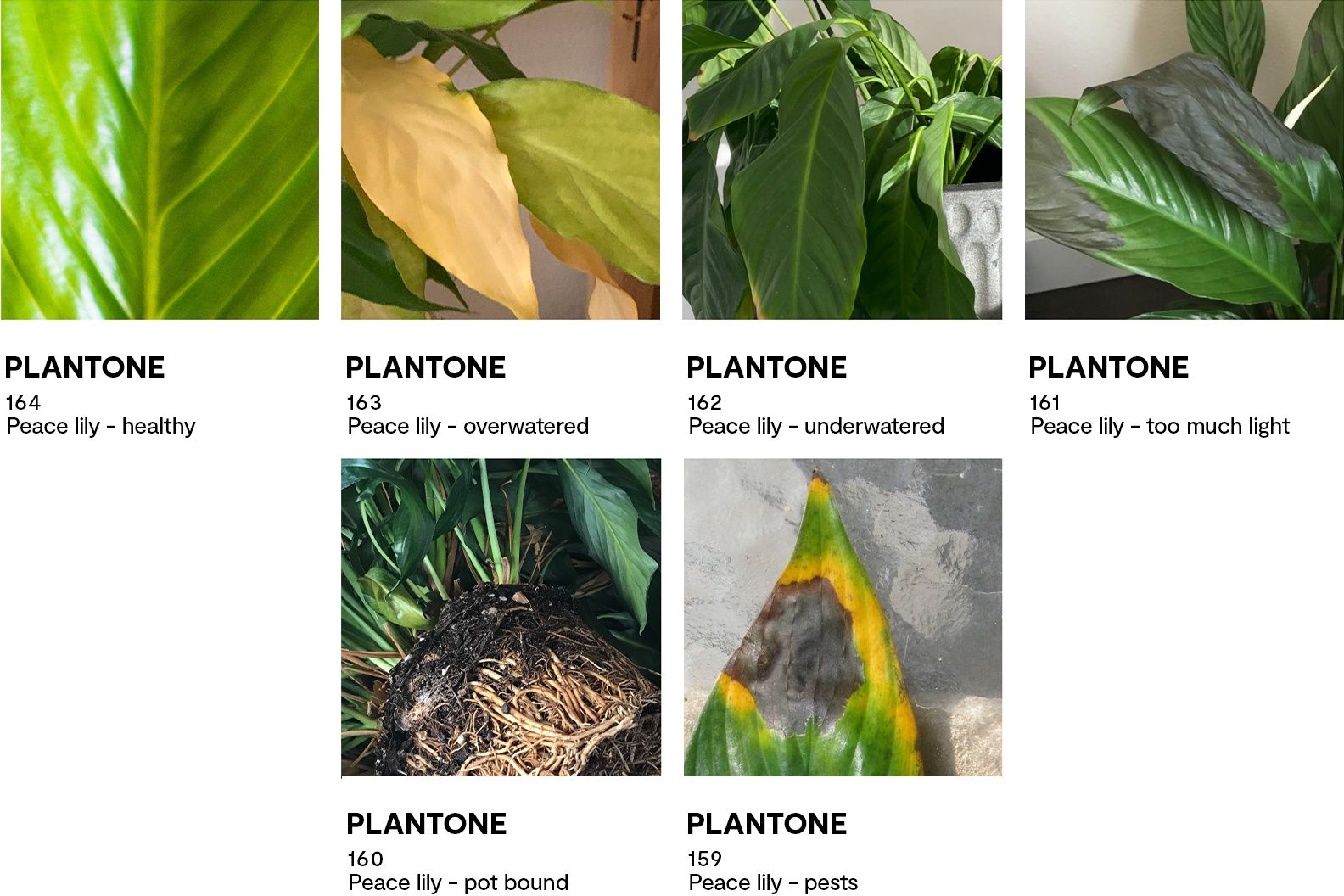
3. Cheese plant
The Swiss cheese plant, or monstera as it’s also known, can make a real statement with its gorgeous foliage. As a species of plant native to the tropical forests of Southern Mexico, it’s used to growing in jungle shade, hence the reason for the holes in its leaves. These holes allow the available light to reach the lowest foliage and develop as the plant grows larger.
Lush and glossy green leaves with paler, new ones are signs that your Swiss cheese plant is at its optimum health.
The most common issues you’ll find with cheese plants are overwatering, where the leaves will become yellow and limp, and underwatering, where the leaves will turn brown. If your plant doesn’t have a well-draining pot or soil, you may also find the roots and the leaves turn black and mushy - this is a sign of root rot and must be dealt with immediately by repotting the plant into fresh soil and a new pot to let the roots dry out.
Your plant may also be subject to spider mites and mealybugs, use the appropriate pesticides and make sure to clear your plant of any webs, egg sacs or cocoons to remove and prevent the bugs.
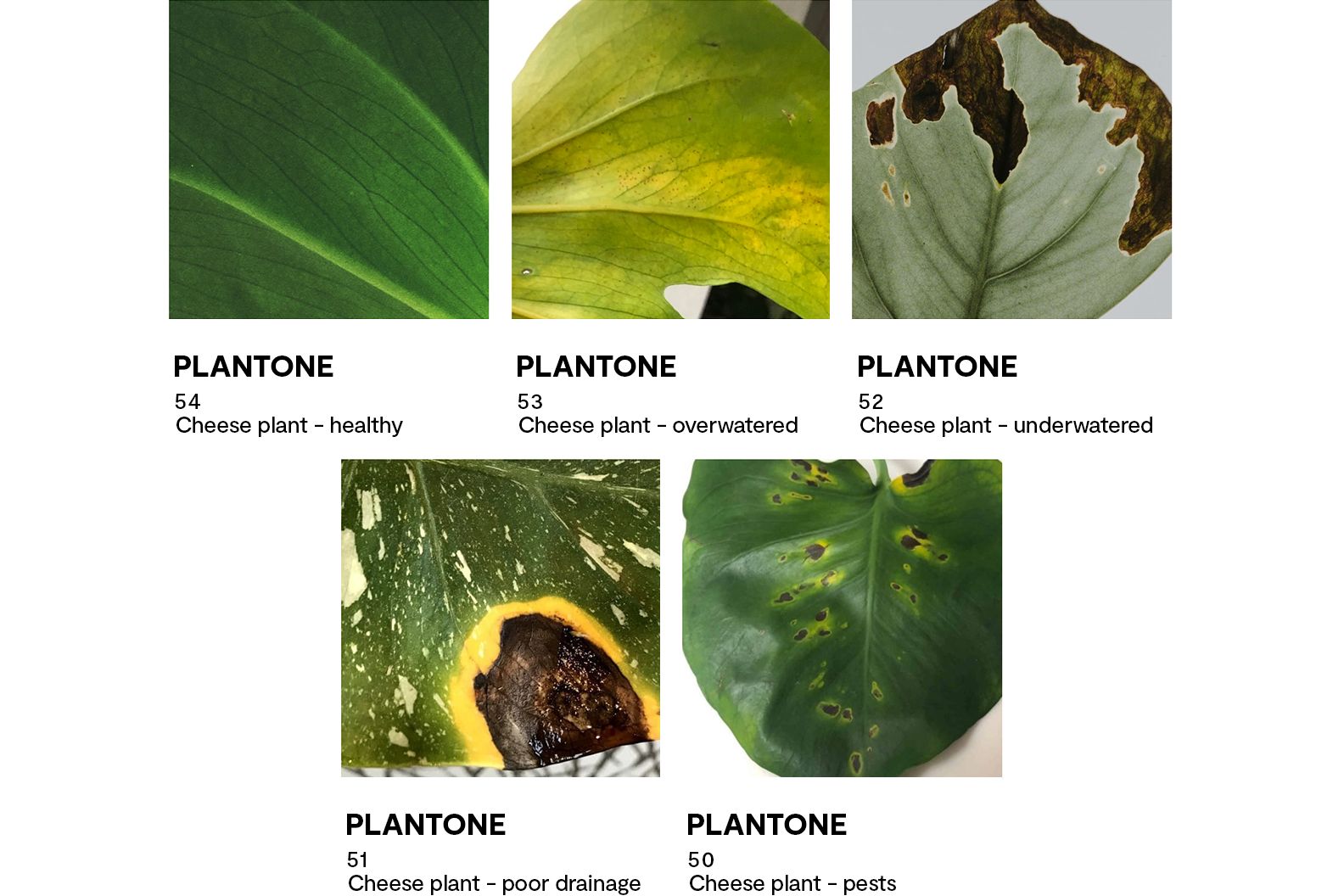
4. Devil’s ivy
Devil’s ivy is a plant with many names, and it's one of the most popular houseplants in the world - mainly because of how versatile and low maintenance it is. In the wild, you’ll see devil’s ivy in forests in South-East Asia as it grows up the trunks of large trees, happily living in the shade. This plant is perfect for beginners as it’ll give impressive results with minimal effort.
A healthy devil’s ivy plant will be green and vibrant, with yellow patches fading into the green.
Richard Cheshire says that scorched leaves and brown, sporadic spots signify too much sunlight, whereas pale yellow or white leaves mean your plant needs more sunlight. If the leaves are yellow and droopy, then it’s likely been underwatered. However, if the leaves are black and soft, then this means your plant is severely overwatered. To remedy this, move the plant to a pot with drainage holes, preferably in a shady spot, and stop watering it until it’s dried out completely.
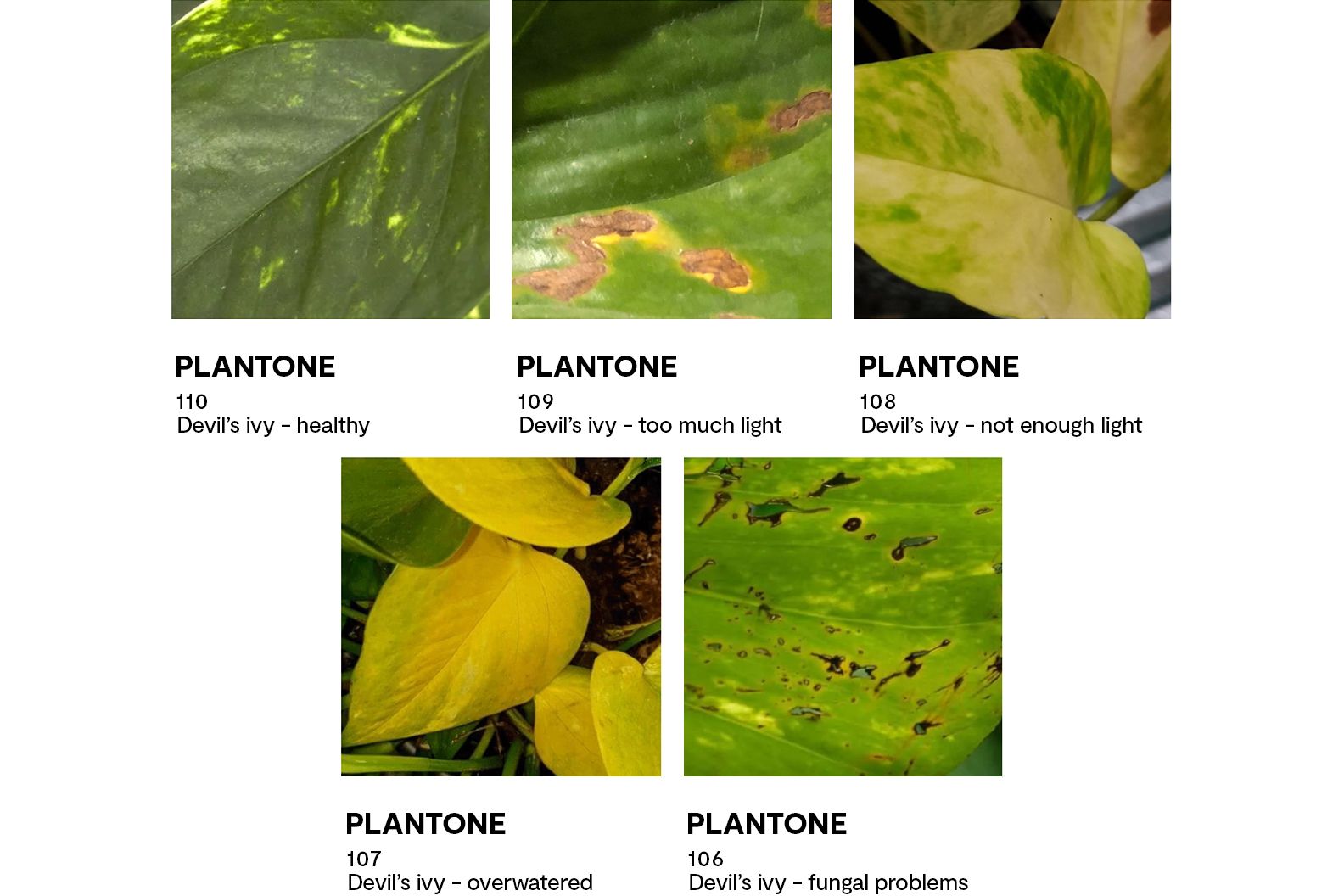
5. Parlour palm
Parlour palm plants are one of the slowest houseplants and can take decades before it reaches its full height, so it’ll need to be cared for properly to ensure it lasts that long. Native to Mexico and Guatemala, it’s been a popular plant worldwide since the Victorian era. The exotic plant would suggest you were sophisticated and well-cultured during this time, often placed in the parlour for everyone to admire.
A healthy parlour palm will simply be luscious and vibrantly green.
If your parlour palm’s leaves have turned a dark brown, this means that it’s been overwatered, so take a break and wait until the soil has dried out. Brown leaves are also a sign of too much sunlight; they will also look singed and may have sporadic spots. If you’ve noticed white spots across the leaves, this means that the temperature is making it uncomfortable, so you’ll need to figure out whether it’s too hot or too warm and adjust.
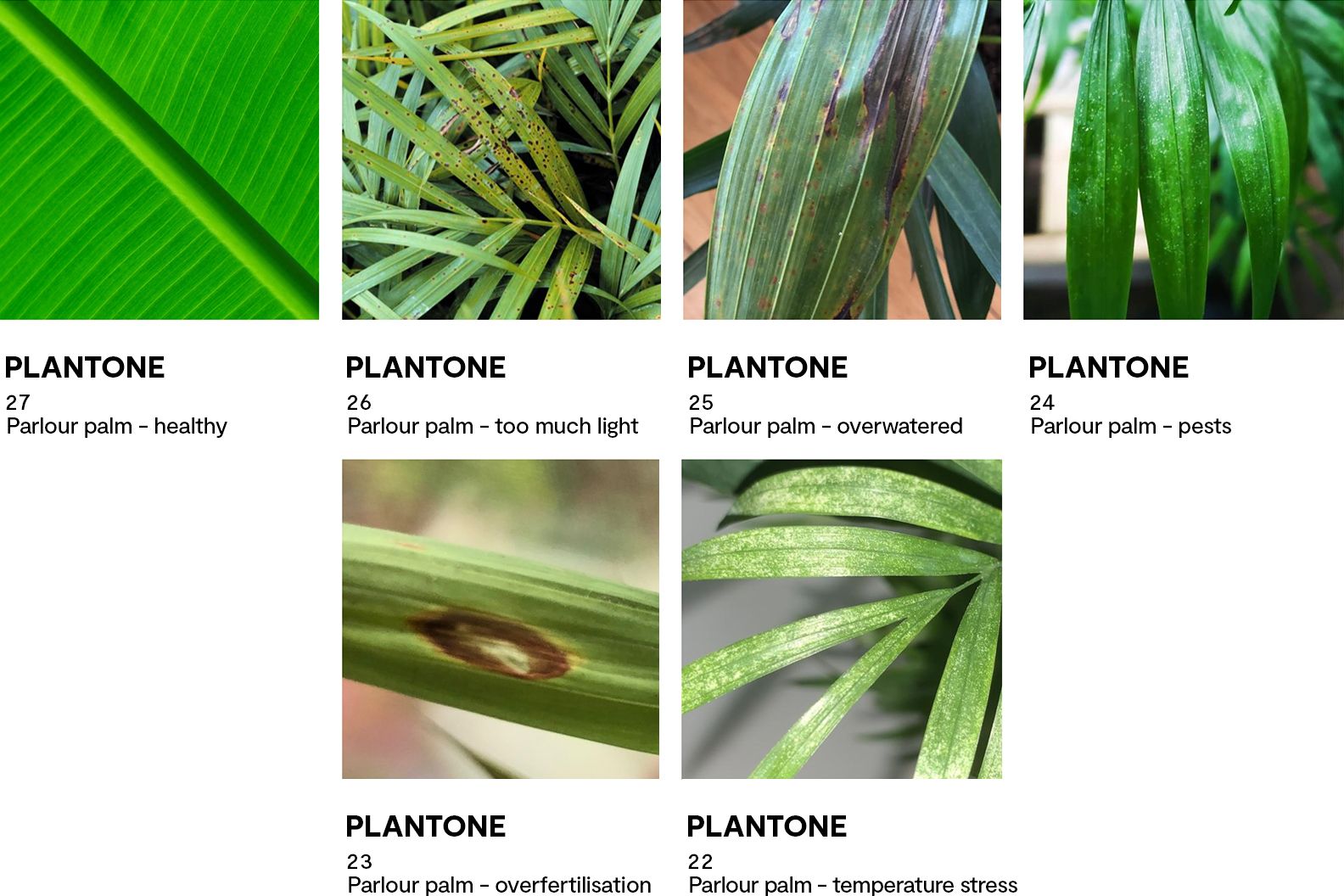
6. Snake plant
Tough and durable, the snake plant grows primarily across Africa in arid conditions. This makes it a very low-key plant and perfect for beginners as it doesn’t need water very often and can withstand any light conditions. Treasured worldwide, the snake plant is very well-known and has many different varieties.
When at its healthiest, the snake plant will have mixed dark and light green leaves; each is unique.
According to Richard Cheshire, dark green, mushy leaves signify that your plant has been overwatered, and if there’s anything a snake plant hates, it’s too much water. If the leaves are dark brown or black, you may have a case of root rot and will need to move your plant to a new pot with new soil to let it dry out. Yellow or droopy leaves suggest that your plant is stressed by the temperature of the room.
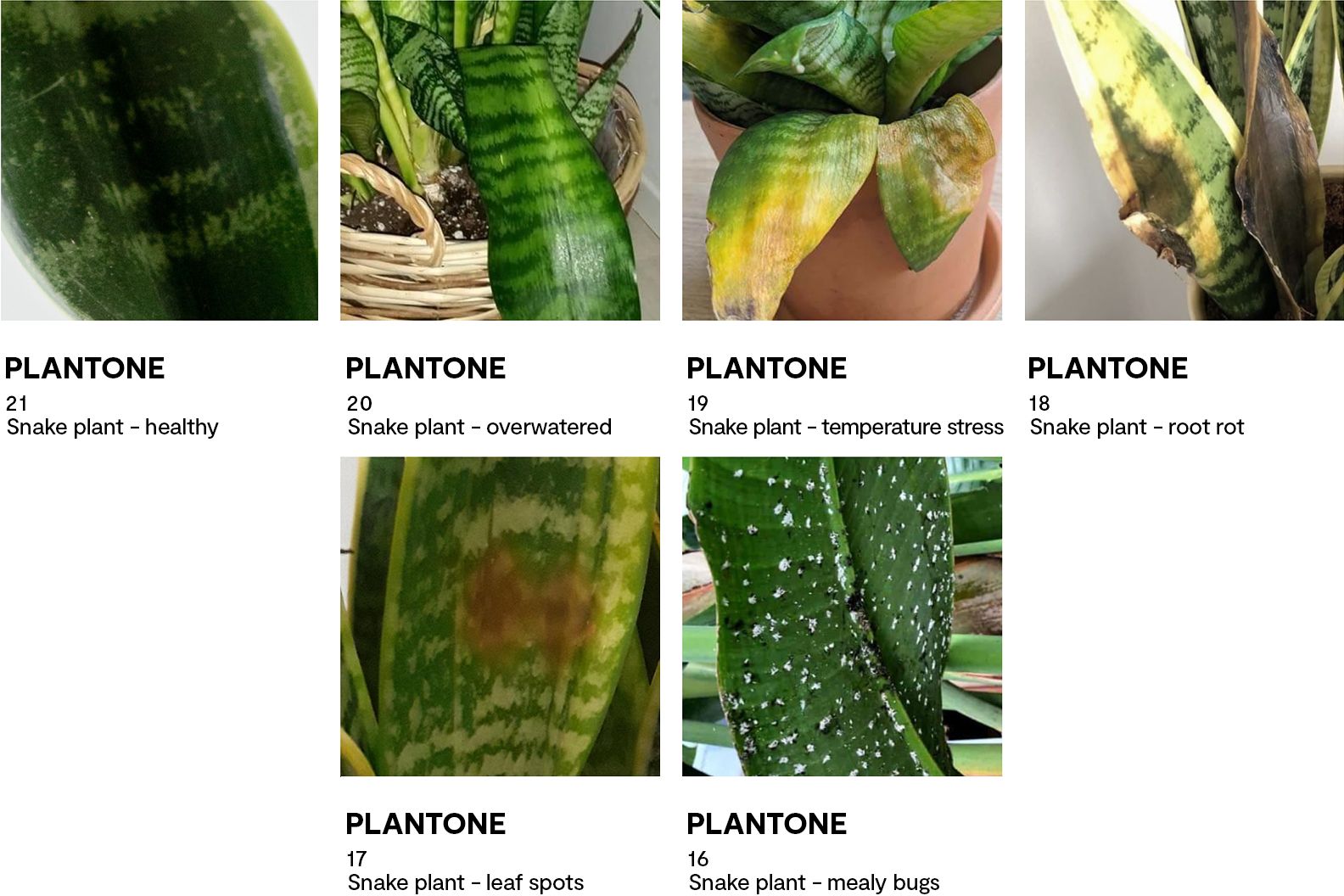
7. Boston fern
A symbol of humility and sincerity, Boston ferns typically grow in the wild in humid, shady areas in South and Central America. This plant became extremely popular during the Victorian era as it thrived in the poorly lit and likely damp homes of the 1800s. While it’s relatively easy to look after, the number one rule is not touching their fronds as they really don’t like it and might even turn brown.
A healthy Boston fern will have a pretty, light green colour all over.
The most common problem a Boston fern will face, according to Richard, is not getting enough humidity which will turn the leaves dark brown and crispy. These plants will thrive in bathrooms, but if you want to keep it in a different room, make sure it gets misted every day. The leaves will also turn a duller green colour with age. If the leaves look light and transparent, this indicates that it’s not getting enough sunlight.
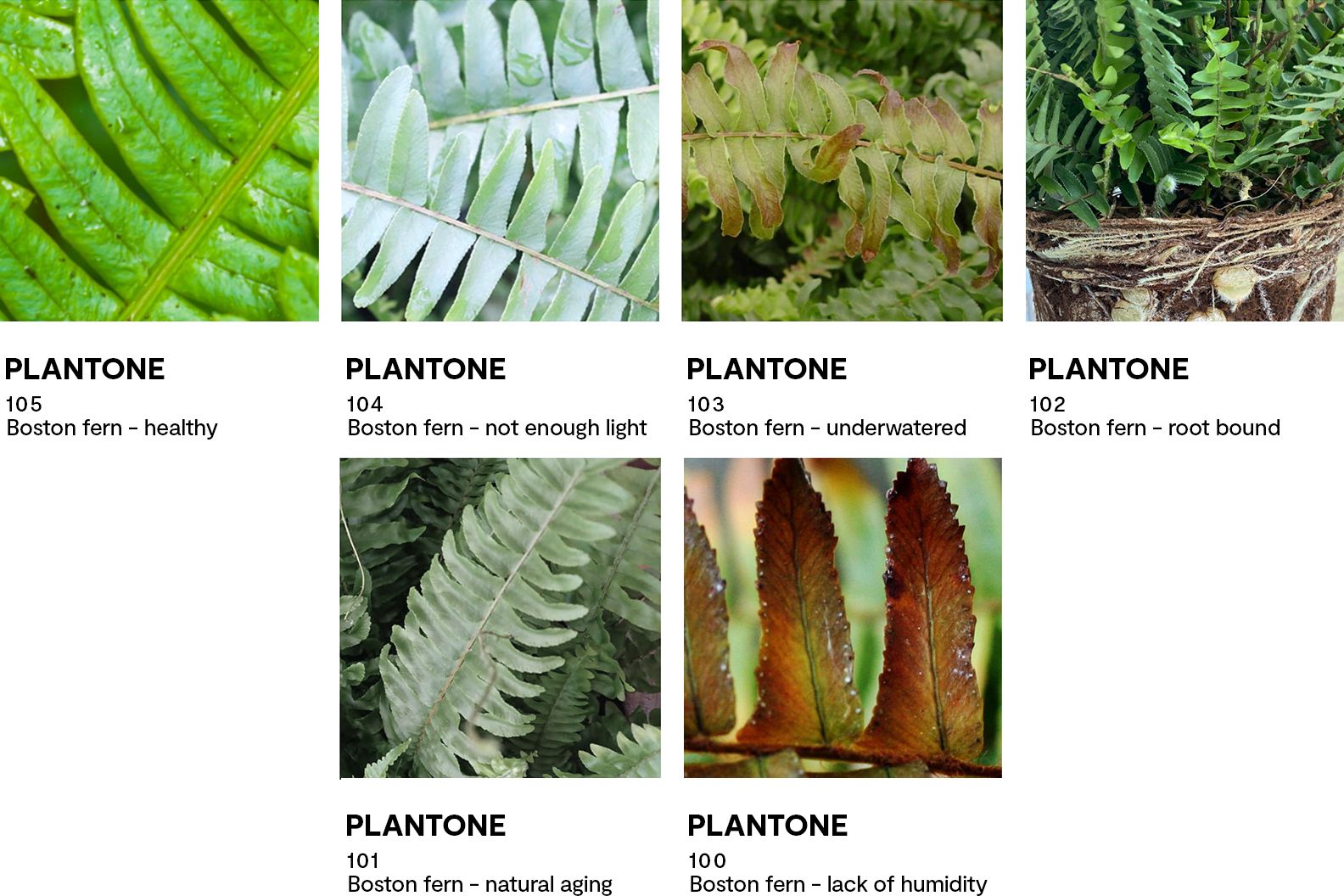
The UK’s favourite houseplants
With the helpful plant tone guides on caring for your plants above, now is a great time to fill your home with plants! Patch has put together a guide of the UK’s favourite house plants to determine which houseplant to choose based on internal sales data.

From our data, it seems that devil’s ivy takes the top spot as it’s practically impossible to kill and has stunning, marbled leaves that really stand out. This is followed closely by peace lilies, which are often given as a housewarming present, symbolising peace, hope, and prosperity. Pretty, unique and easy to care for, a peace lily plant is a beautiful flower that brightens up any home.
